I set out for Amador County’s wine country not really knowing what to expect, but I ended up discovering something pretty extraordinary—old vine Zinfandel with roots deeper than almost anywhere else in the U.S. The Sierra Foothills region actually has the oldest Zinfandel vineyard in America, dating back to 1869. If you’re a wine lover chasing authentic California wine history, you really can’t skip this place.
Amador County offers a wine experience that feels worlds apart from the crowded valleys of Napa and Sonoma. Rolling hills, quirky gold rush towns, and family-run wineries create a vibe that’s both relaxed and steeped in tradition. Here, they focus on wines from vines that have been producing grapes for more than 150 years.
As I wandered from tasting room to tasting room, I started to understand what sets these old vine Zinfandels apart. The high elevation, patchwork soils, and those gnarly, ancient vines combine to make wines with a kind of depth and character you just don’t find everywhere.
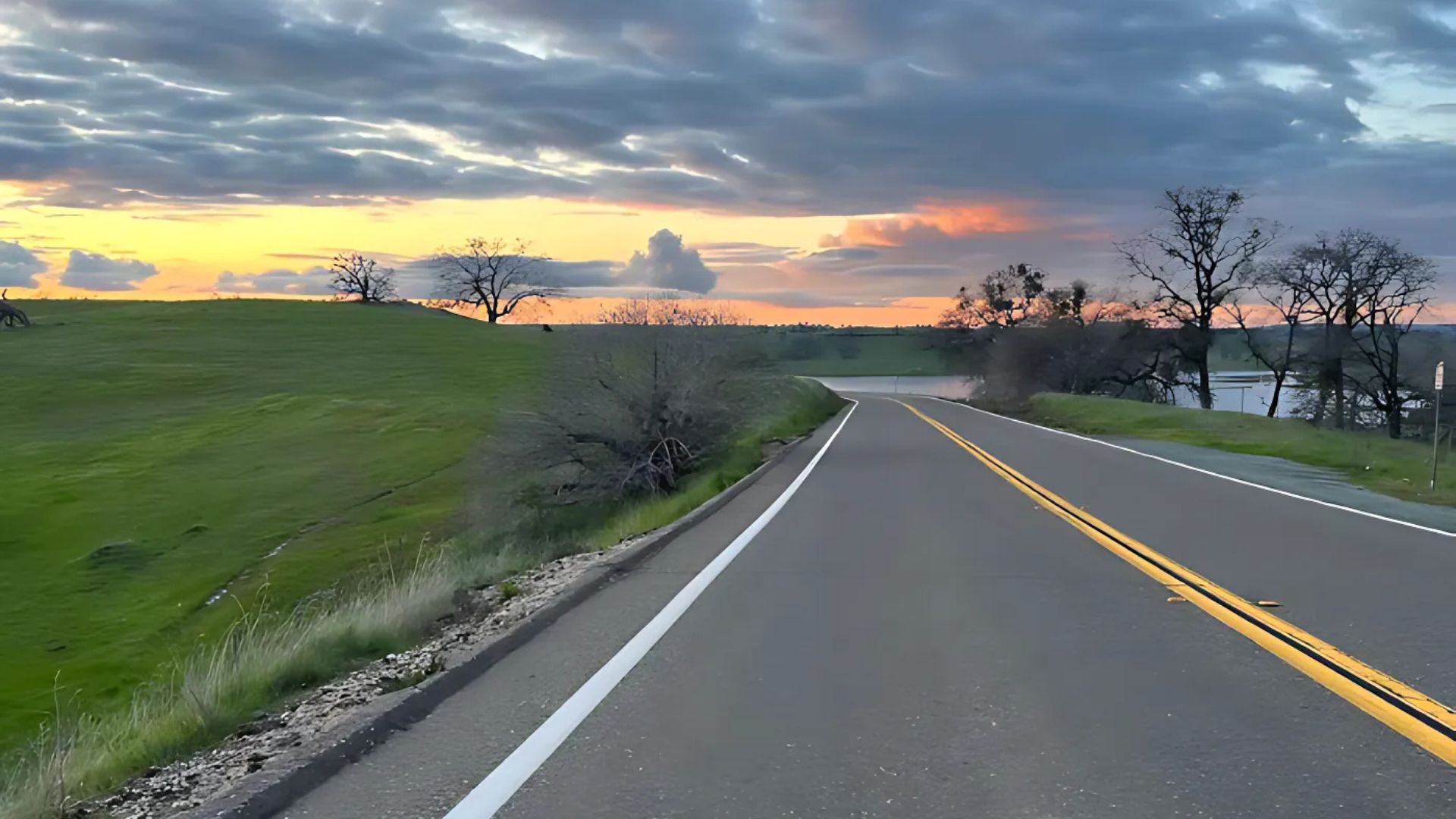
The Legacy of Old Vine Zinfandel in Amador County
Amador County stands out as California’s top spot for old vine Zinfandel. Some of these vines go all the way back to the 1860s and still crank out fantastic fruit every year. The climate and historic plantings here really created a winemaking legacy that shows what Zinfandel can be at its best.
History and Origins of Zinfandel in California
Zinfandel first came to California during the gold rush in the 1850s. Miners and settlers planted these tough vines because they could handle rough conditions and still give good yields.
The grape actually showed up in America thanks to the Schonbrunn collection from the Austrian empire. By the 1820s, nurseries on Long Island were already selling Zinfandel vines by name.
Gold Rush Impact on Zinfandel
- Prospectors planted vines to satisfy local thirst
- The grape’s hardiness made it ideal for the wild frontier
- Reliable yields meant steady income for growers
When gold seekers poured into California, they brought Zinfandel vines with them. The Sierra Foothills quickly became a favorite spot for planting. Plenty of miners switched to farming once the gold dried up.
The 1860s were a golden era for Zinfandel planting in Amador County. Some vineyards from that time are still producing fruit today.
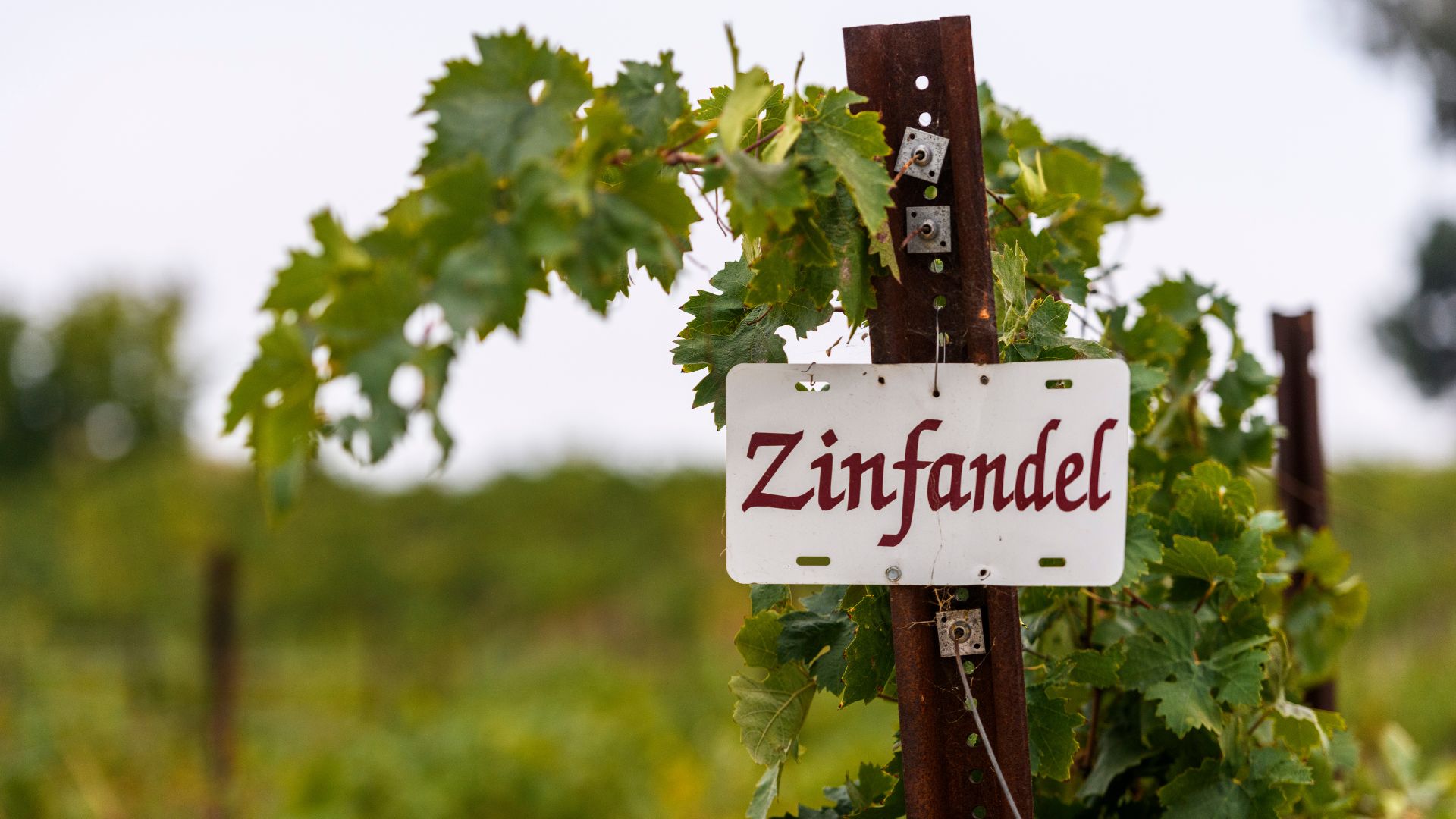
Significance of Old Vine Vineyards
Old vine Zinfandel brings a depth and complexity that’s just hard to match. Vines aged anywhere from 35 to over 100 years dig their roots deep, reaching into layers of soil that younger vines can’t touch.
Why Old Vines Matter:
- Lower yields mean more concentrated flavors
- The tannins get more complex
- You get a real sense of place in the wine
- Quality stays consistent year after year
The 1869 Old Vine Zinfandel vineyard is California’s oldest documented Zinfandel site. Only four wineries get grapes from this historic patch of earth.
Old vines tend to regulate themselves. They produce fewer grape clusters, but the fruit is super concentrated. The result? Wines with bold flavors and good acidity.
Some of these century-old vines have roots that reach 30 feet deep. That means they can find water and nutrients even in tough years.
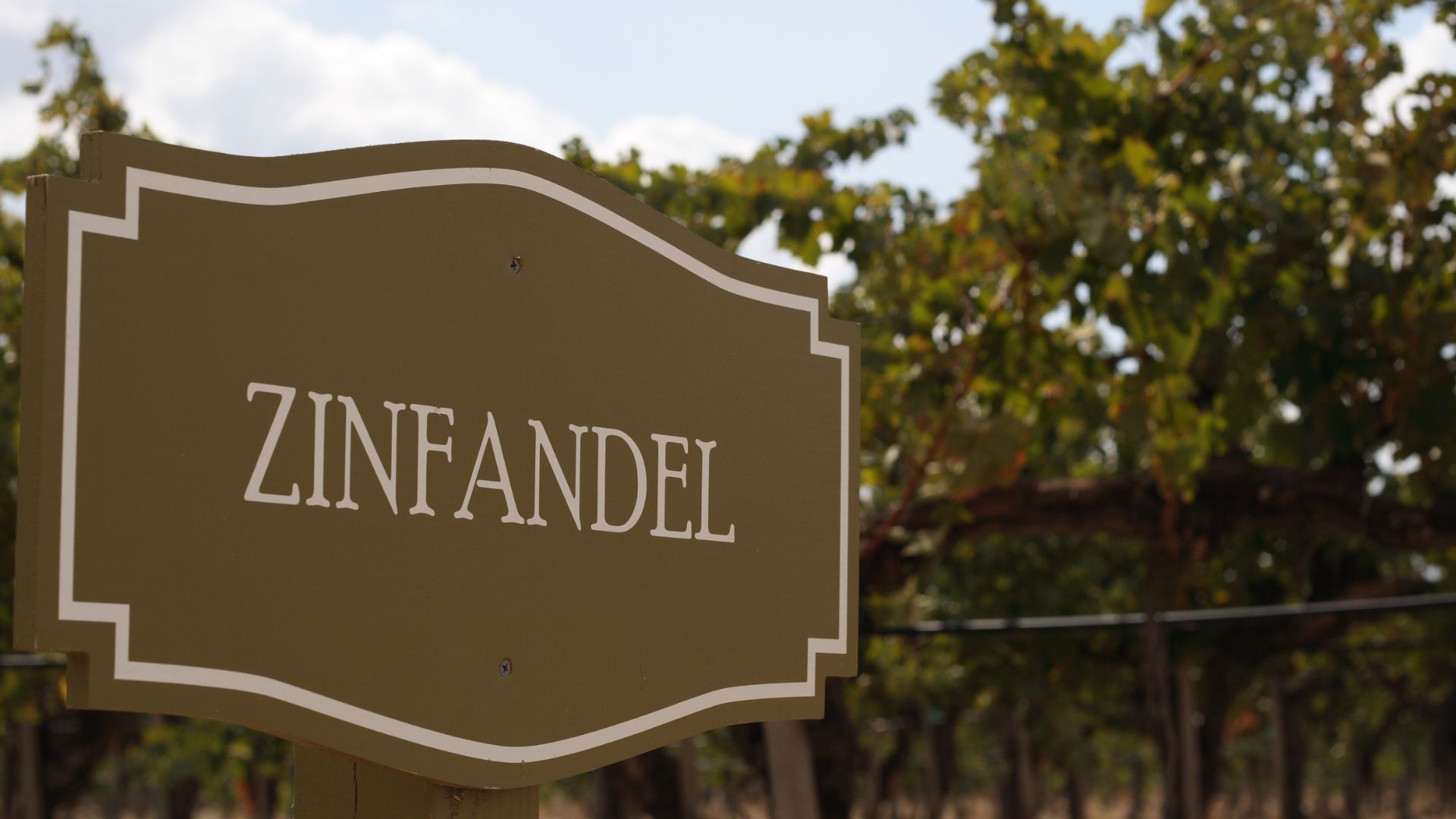
Why Amador County Is a Zinfandel Icon
Amador County’s elevation and climate just seem tailor-made for Zinfandel. Warm days and cool nights in the Sierra Foothills coax out intense flavors.
What Sets It Apart:
- Elevation: 1,200-2,000 feet up in the hills
- Climate: Mediterranean, with hot summers and dry air
- Soil: Volcanic and granite-based, drains well
- History: Vines have been growing here since the 1860s
The name “Amador” actually means “lover” in Spanish, which feels fitting for a region so passionate about its Zinfandel.
Most of the vineyards cluster in Shenandoah Valley and Fiddletown. You’ll find the highest concentration of old vine Zinfandel in California right here.
The wines really show off Zinfandel’s true colors—bold fruit, earthy layers, and a spicy kick.
Winemakers here stick to traditional methods. They respect the old vines and let the fruit do the talking.
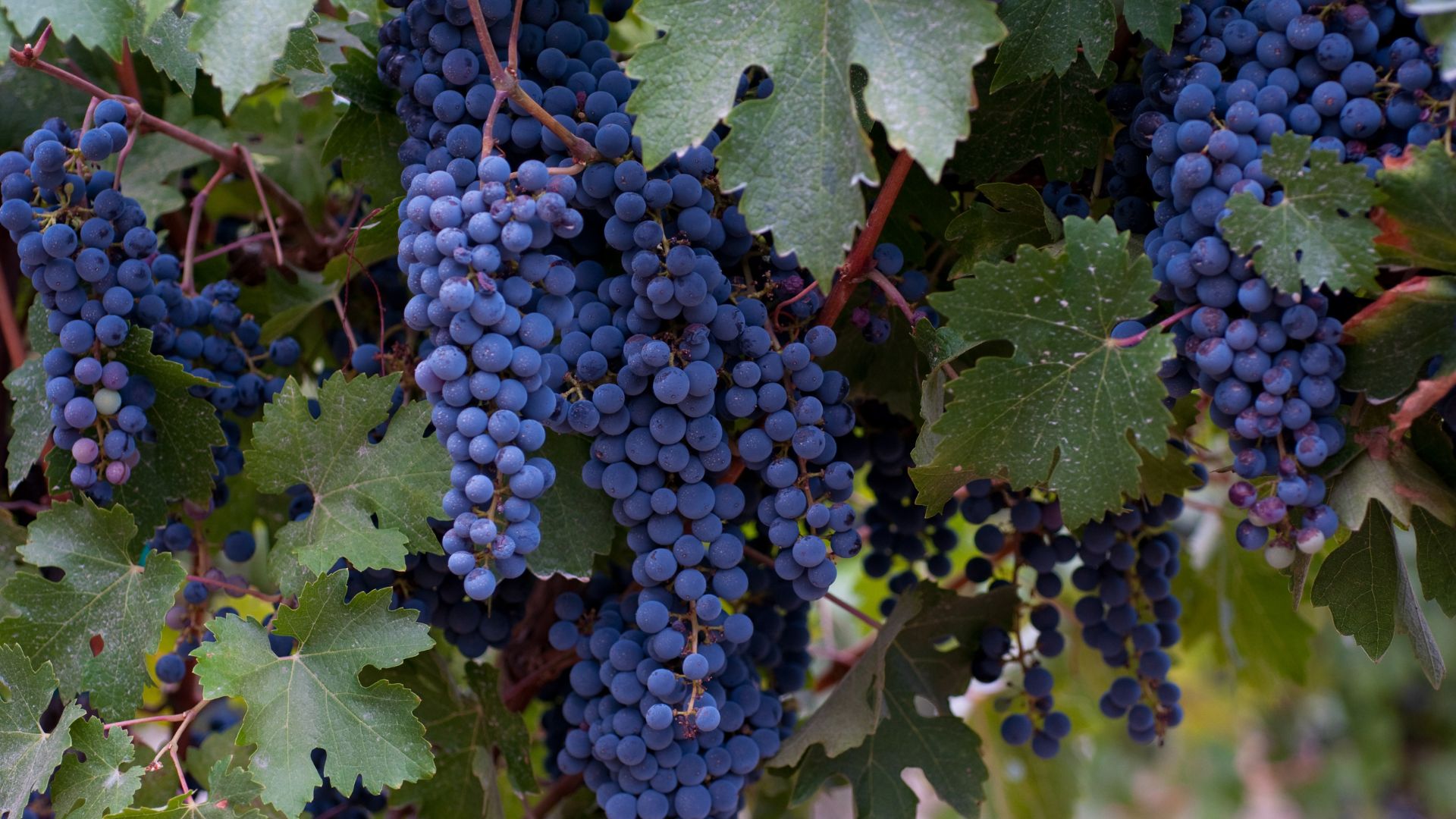
Exploring Historic Vineyards and Wineries
Amador County’s wine heritage stretches back more than a century and a half. Some pioneering wineries are still going strong. These historic properties keep the region’s character alive, with original Zinfandel plantings and old-school winemaking.
Original Grandpere (1869) Vineyard Story
The Grandpere Vineyard is one of California’s oldest Zinfandel plantings. Swiss immigrant Adam Uhlinger planted these vines in 1869.
Amazingly, these ancient vines still produce grapes. The vineyard made it through Prohibition by selling grapes to home winemakers all over the country.
The original head-trained vines grow without wires or fancy trellises. These twisted, low-yielding plants produce fruit with serious concentration.
Need-to-Know:
- Planted: 1869
- Variety: Zinfandel
- Training: Head-trained, no wires
- Yield: Just 1-2 tons per acre
I tasted wines from these historic vines at a few local wineries. The flavors were so concentrated and the tannins so layered—they really stood out from younger vineyards.

Scott Harvey Wines Experience
Scott Harvey Wines specializes in old vine Zinfandel from Amador’s historic vineyards. Scott focuses on single-vineyard bottlings that let each site’s personality shine.
They source grapes from vineyards planted between 1869 and 1925. Scott works with over a dozen historic sites in the area.
At my tasting, I tried Zinfandels from different blocks. Each wine tasted totally unique, depending on the soil and vine age.
Notable Vineyards:
- Grandpere (1869)
- Eschen (1895)
- Dogtown (1925)
Scott’s tastings are super educational. He explained how older vines change the flavor and structure of the wine.
Vino Noceto’s OGP Zinfandel
Vino Noceto makes their “OGP” (Old Grandpere) Zinfandel from the famous 1869 vineyard. This wine connects directly to Amador’s roots.
They keep things traditional—native yeast fermentation, minimal intervention, and a real respect for the site.
When I tasted it, I got layers of dark fruit and spice. The depth from those 150-year-old vines is pretty wild.
OGP Highlights:
- Deep purple color
- Concentrated blackberry
- Peppery spice
- Firm tannins
This wine paired beautifully with grilled meats. The vineyard’s unique soil really comes through in every sip.
Andis Wines and Modern Traditions
Andis Wines blends history with modern techniques. They work with several century-old Zinfandel blocks around Amador County.
The family combines traditional grape sources with up-to-date cellar practices. I saw them using both stainless steel and oak for aging.
I tried their “Historic Vineyard” Zinfandel blend, made from vines planted between 1888 and 1915.
How They Do It:
- Hand-harvested grapes
- Small-batch fermentation
- French and American oak aging
- Minimal filtration
Andis manages to preserve the character of old vines while still using modern quality controls. The result is a wine that honors history but feels fresh and current.
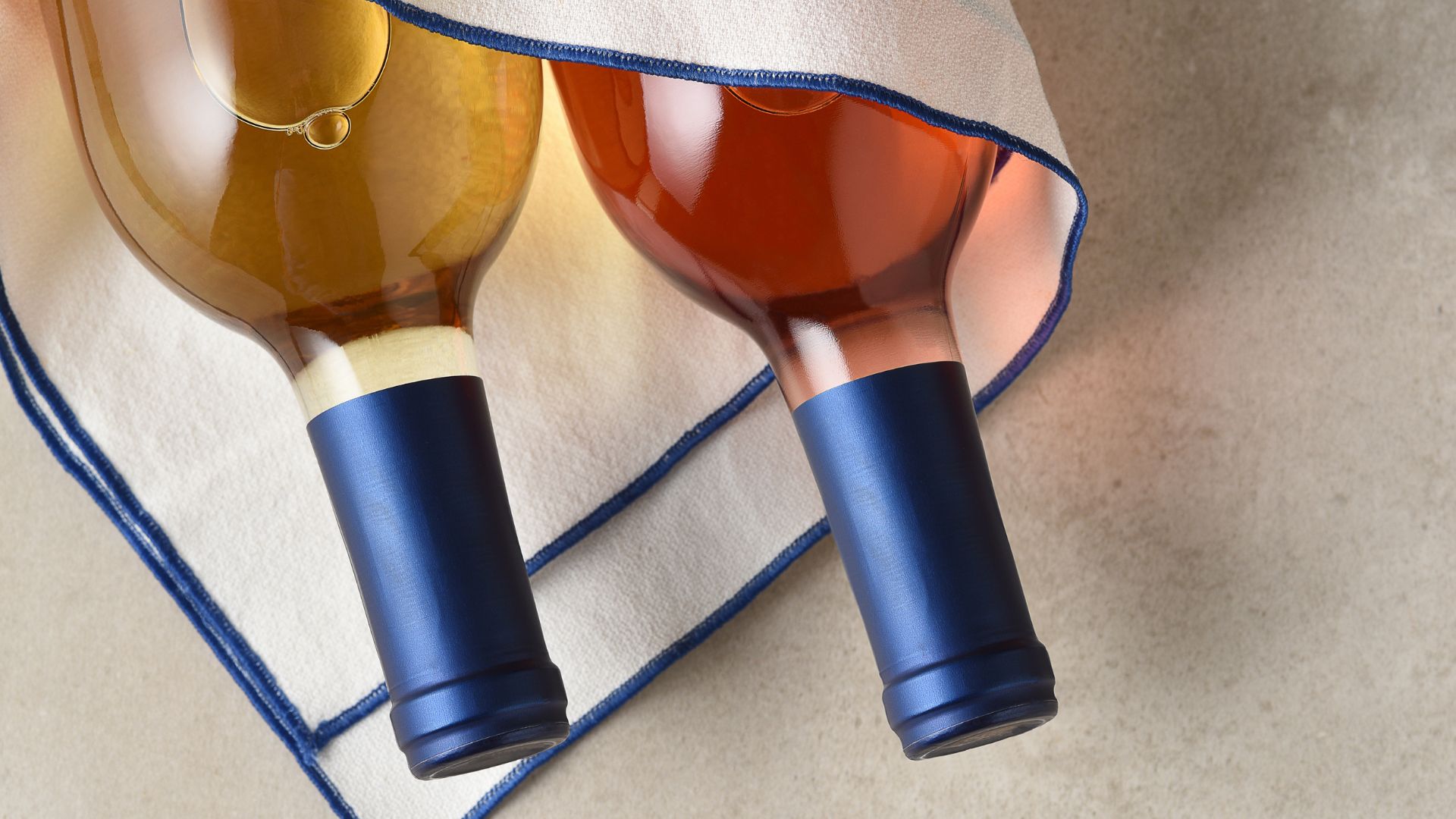
My Personal Tasting Adventure in the Sierra Foothills
Exploring Amador County’s wine country really opened my eyes to the deep character of old vine Zinfandel. The elevation and climate here create perfect conditions for bold, concentrated wines with surprising complexity.
First Impressions of the Sierra Foothills
The Sierra Foothills hit me right away with their rugged beauty and laid-back vibe. Rolling hills covered in oaks seemed to go on forever.
Vineyards sit around 1,800 to 2,000 feet above sea level. That keeps them above the fog most of the year, but below the snow line.
The climate felt warm and dry. Days got pretty hot, but nights cooled off fast. That swing in temperature really helps the grapes develop more flavor.
I couldn’t help noticing the soil—it was reddish and full of rocks and minerals. Locals told me that’s thanks to ancient volcanic activity.
What stood out to me:
- Down-to-earth, unpretentious vibe
- Dramatic changes in elevation
- Gnarled, ancient-looking vines
- Family-owned wineries everywhere you look
The tasting rooms felt relaxed and inviting. No glitzy buildings or big crowds. Just winemakers happy to pour and talk about their craft.
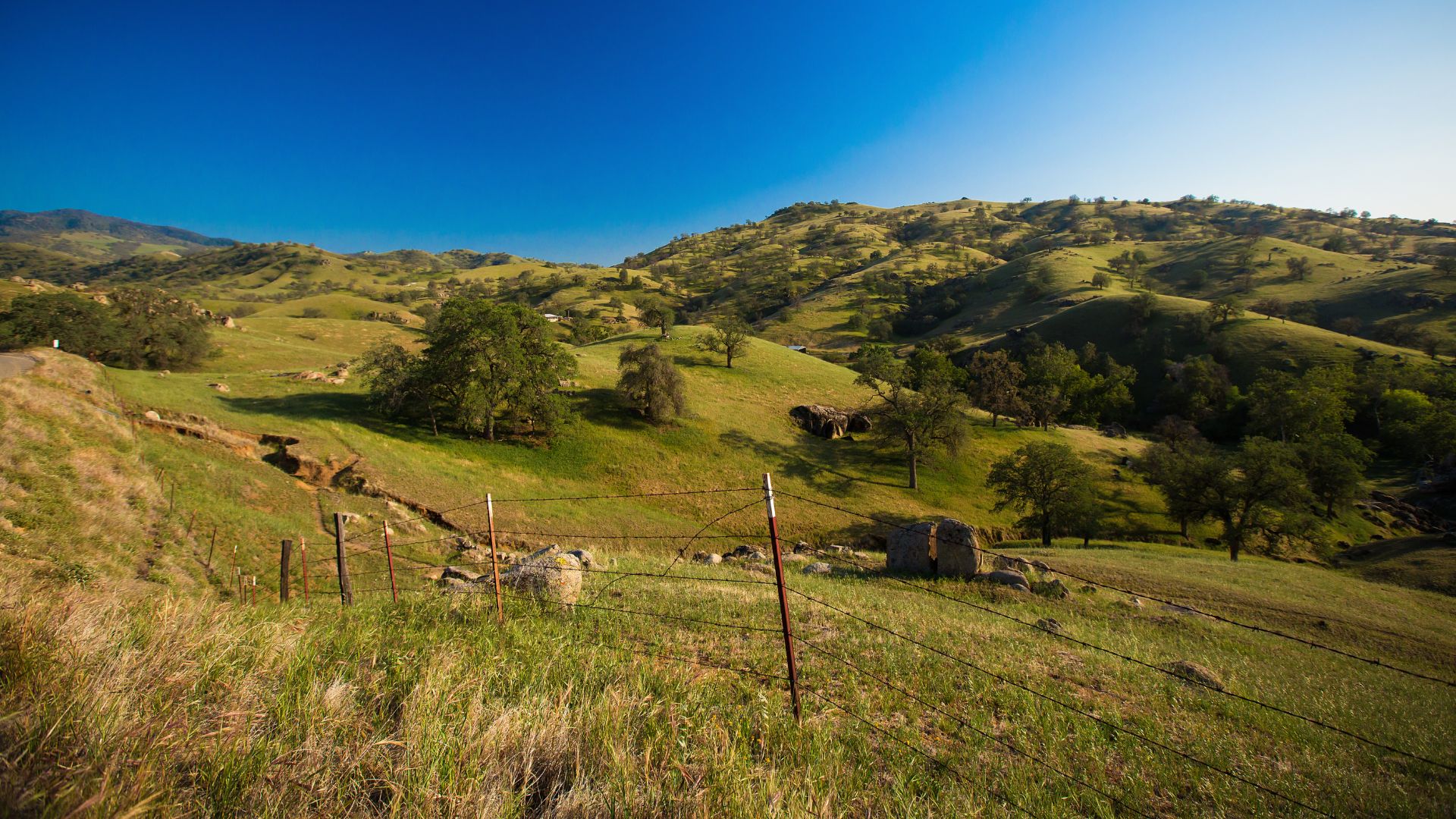
Tasting Notes: Old Vine Zinfandel Flavors
Old vine Zinfandel from Amador County packs a punch I hadn’t found elsewhere. The wines poured a deep purple, almost black in the glass.
My first sip exploded with dark berry flavors—cherries, blackberries, plums. The fruit tasted ripe and juicy, but not cloying.
Spice came through loud and clear. I picked up black pepper, some cinnamon, and a little clove. The spices added depth without overpowering the fruit.
Alcohol levels ran high, usually between 14% and 16%. I definitely felt the warmth, but it balanced out with the bold flavors.
Typical flavors I found:
- Main: Dark berries, plums, cherries
- Secondary: Black pepper, baking spices
- Finish: Long, warm, with a touch of tannin
The tannins felt firm but not rough. They gave the wine structure and helped it age well.
Each winery’s Zinfandel had its own style. Some leaned into the fruit, others highlighted the spice. Vineyard location and winemaking choices made all the difference.
Winemaker Perspectives and Old-World Techniques
Winemakers here love to talk about their craft. Many learned from parents or grandparents who made wine before them.
Tom Dillian shared stories about his great-grandfather planting vines in 1917, and how the family switched to Zinfandel in 1972. That kind of generational knowledge really shows up in the bottle.
Most stick to traditional methods—hand-picking grapes, careful sorting, and fermenting in small batches.
What I saw and heard:
- Hand harvesting to keep grapes in top shape
- Extended maceration for more color and tannin
- Aging in American oak barrels
- Minimal filtration to keep the wine’s character intact
Old vines give smaller grape clusters, but the flavors are much more intense. Winemakers treasure these ancient plants for their complexity.
A lot of producers avoid heavy-handed techniques. They let the grapes and the land speak for themselves.
American oak is the go-to for aging here. It brings in vanilla and spice that play well with Zinfandel’s bold fruit. French oak just doesn’t have the same impact with these wines.
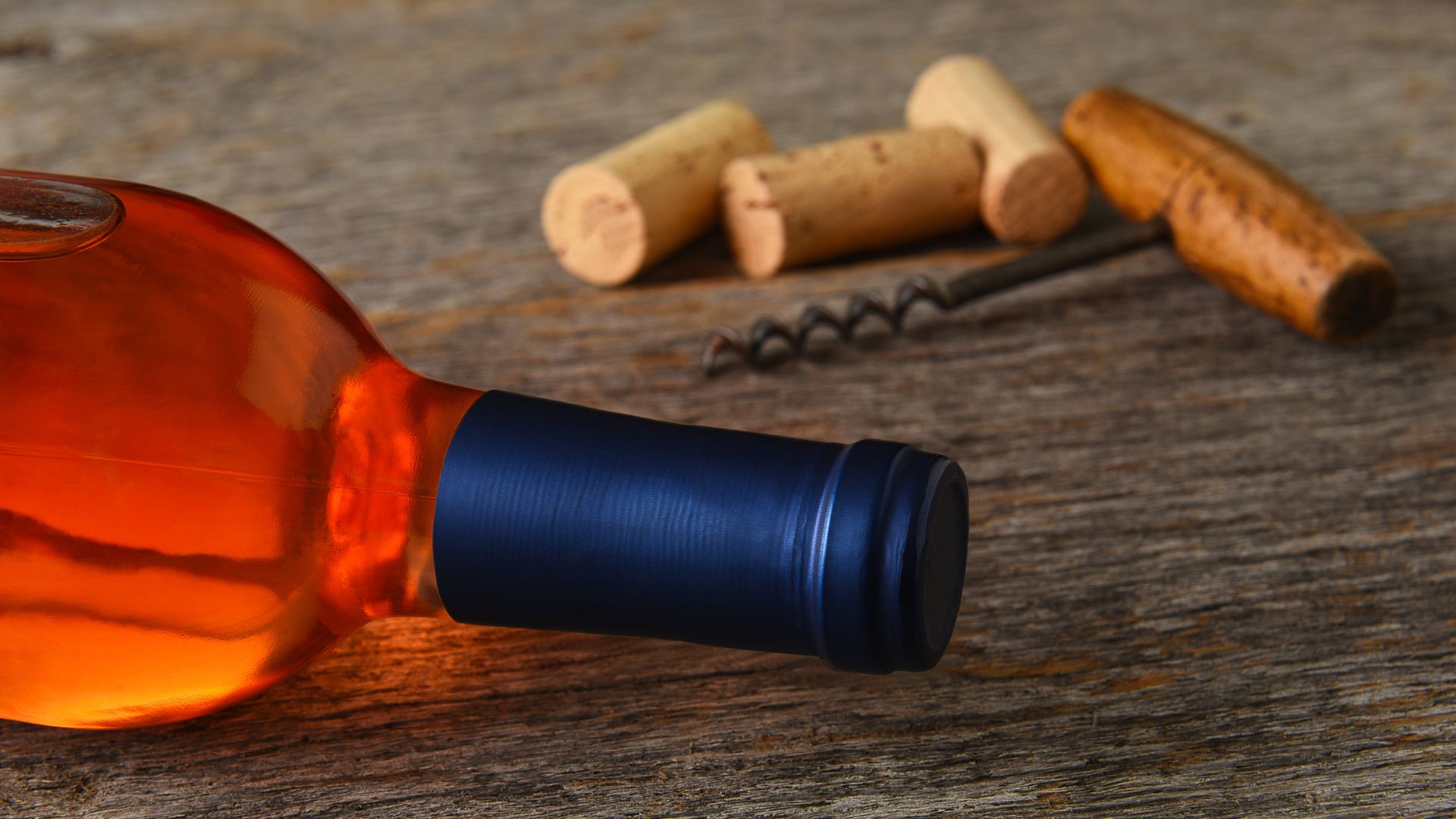
What Makes Amador County Zinfandel Unique
Amador County’s Zinfandel stands apart from other California regions because of its mountain terroir, old vines, and traditional winemaking methods. The wines here can age beautifully and always surprise me with their depth.
Distinct Terroir of Shenandoah Valley
Shenandoah Valley sits between 1,200 and 2,000 feet up in the Sierra foothills. The higher altitude means cooler nights, which helps the grapes keep their acidity.
The soil is something else—decomposed granite mixed with volcanic ash from ancient eruptions. It drains well but holds just enough water for the vines.
The climate isn’t like Napa or Sonoma. Here, summer days get hot, but nights drop fast. That swing brings out complex flavors and keeps the wine’s structure tight.
Rainfall is lower than on the coast. Vines have to dig deeper, which concentrates the flavors in the grapes.
Terroir at a glance:
- Elevation: 1,200-2,000 feet
- Soil: Granite and volcanic ash
- Climate: Hot days, cool nights
- Rainfall: Less than coastal areas
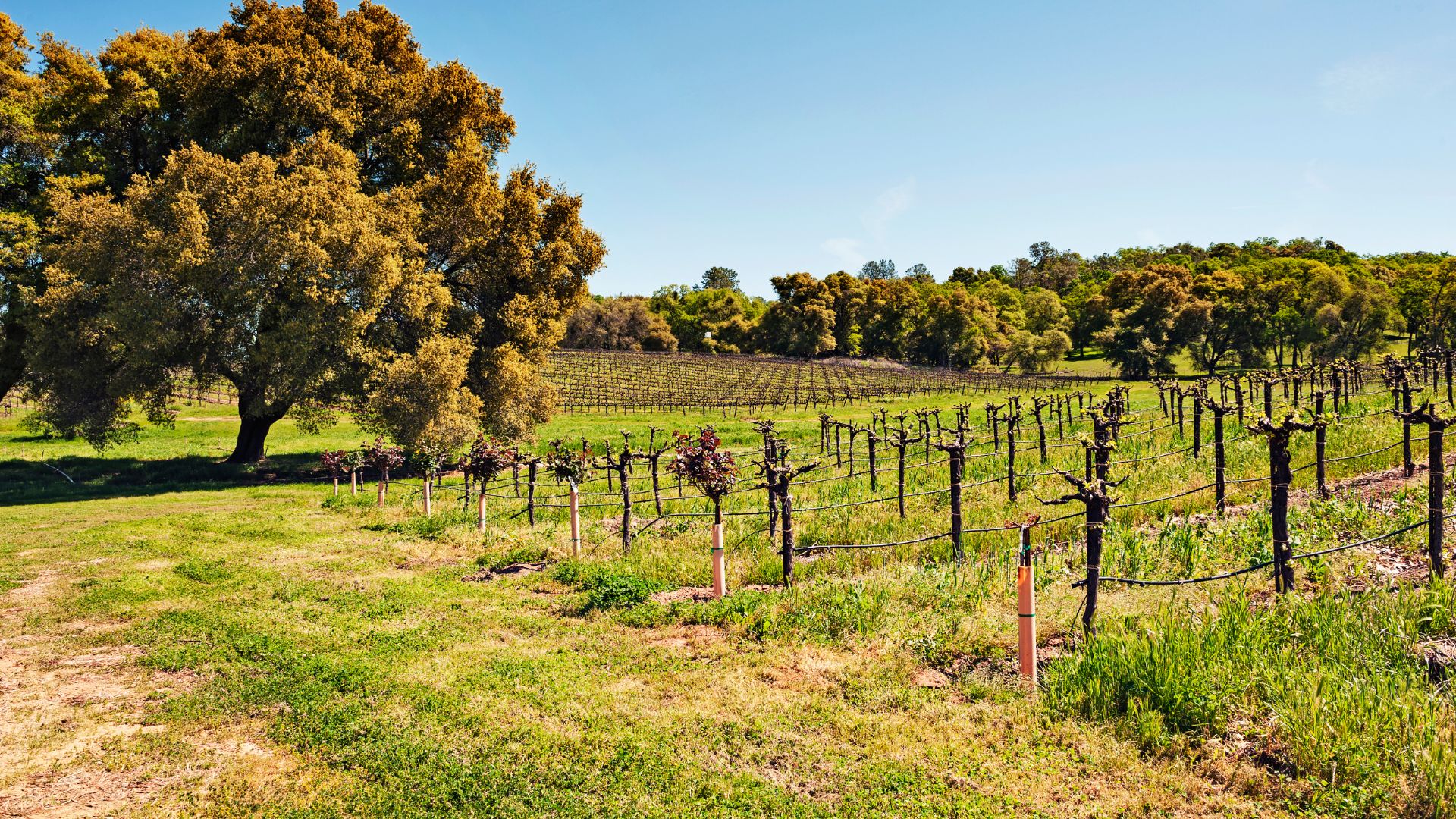
Aging Potential and Style Variations
Amador County Zinfandel ages better than most people expect. The mountain climate gives wines firm tannins and good acidity, so they develop nicely over time.
I’ve tried bottles from the 1980s that still tasted fresh. They start bold and fruity, but after five or ten years, you get more earth and spice.
Styles vary a lot. Some winemakers go for lighter, food-friendly wines. Others make big, full-bodied Zinfandels. Alcohol usually runs between 14.5% and 16%.
How they age:
- Young (1-3 years): Bright berries, strong tannins
- Mid-age (4-8 years): More spice, softer tannins
- Older (9+ years): Earthy notes, leather, dried fruit complexity
Old World vs. New World Winemaking
A lot of Amador winemakers stick to old-world methods, passed down from Italian and Croatian families who settled here way back in the 1800s.
Honestly, these techniques give the wines a totally different vibe compared to the flashier, modern California styles.
Take Scott Harvey, for example. He leans into those traditional methods, turning out wines that really shine alongside food.
Instead of chasing power, Scott aims for balance. You’ll notice his wines just click with a good meal—none of that overwhelming, stand-alone stuff.
Some producers in the area like to mix things up. They’ll bring in modern equipment but still ferment with native yeasts or age the wine in neutral oak barrels.
And then there’s the legendary 1869 vineyard. Only four wineries can snag grapes from this historic spot, so bottles from here always feel like a special find.
Winemaking Approaches:
- Traditional: Native yeasts, neutral oak, food-friendly style
- Modern: Controlled fermentation, new oak, fruit-forward
- Hybrid: Mix of old and new techniques
Tips for Planning an Unforgettable Amador County Wine Country Trip
If you’re planning a trip, start with the main wine roads and definitely book your tastings ahead. It’s smart to focus on wineries with old vine zinfandel and pair your pours with local bites.
Must-Visit Tasting Rooms and Wine Routes
I’d say kick things off on Shenandoah Road. It’s packed with the most wineries in Amador County, so you’ll have plenty to choose from.
Sobon Estate and Montevina Winery both pour some fantastic zinfandel. Their old vine vineyards have roots (literally) going back to the 1800s.
For a quieter vibe, head over to Fiddletown Road. It’s less crowded, but you’ll stumble on gems like Dobra Zemlja and Yorba Wines.
Plymouth-Fiddletown Road links these two main areas. If you want to do both, plan for a full day—it’s worth it.
It’s a good idea to book weekend tastings ahead of time. During winter, a lot of smaller wineries close on weekdays, so plan accordingly.
Don’t overdo it—four or five wineries in a day is plenty. That way, you actually get to enjoy each stop instead of rushing through.
Pairing Food with Zinfandel
Zinfandel just begs for barbecue and grilled meats. Its bold flavors really come alive with smoky, spicy food.
If you’re hungry, swing by Marlene & Glen’s Diner in Plymouth. Their burgers are solid, but I can’t get enough of their tri-tip sandwich with a glass of zin.
Looking for something fancier? Taste Restaurant in Plymouth plates up amazing lamb dishes that work beautifully with old vine zinfandel.
Packing a picnic is always a win for winery days. Bring along aged cheeses, salami, and a bit of dark chocolate—those flavors make zinfandel sing.
I’d skip lighter dishes like salads or fish. Zinfandel’s intensity tends to drown them out, so save those for another wine.
Insider Advice for First-Time Visitors
Honestly, if you can swing it, visit during harvest season—that’s September through October. There’s something special about watching grapes get picked and crushed right in front of you.
I’d suggest bringing a designated driver or just booking a wine tour. Those roads twist and turn, and let’s be real, cell service isn’t always your friend out here.
Pack layers. Mornings start off chilly, but by afternoon, the foothills heat up. It’s kind of wild how fast the weather shifts.
A lot of wineries welcome dogs, which always makes things more fun. Still, it’s smart to call ahead and double-check their pet rules.
If you find a wine you love, buy it straight from the winery. Not only are the prices usually better, but you might discover a bottle you won’t see in stores.
I always download maps before heading out. GPS can flake out when you’re deep in the countryside, and getting lost isn’t as charming as it sounds.

